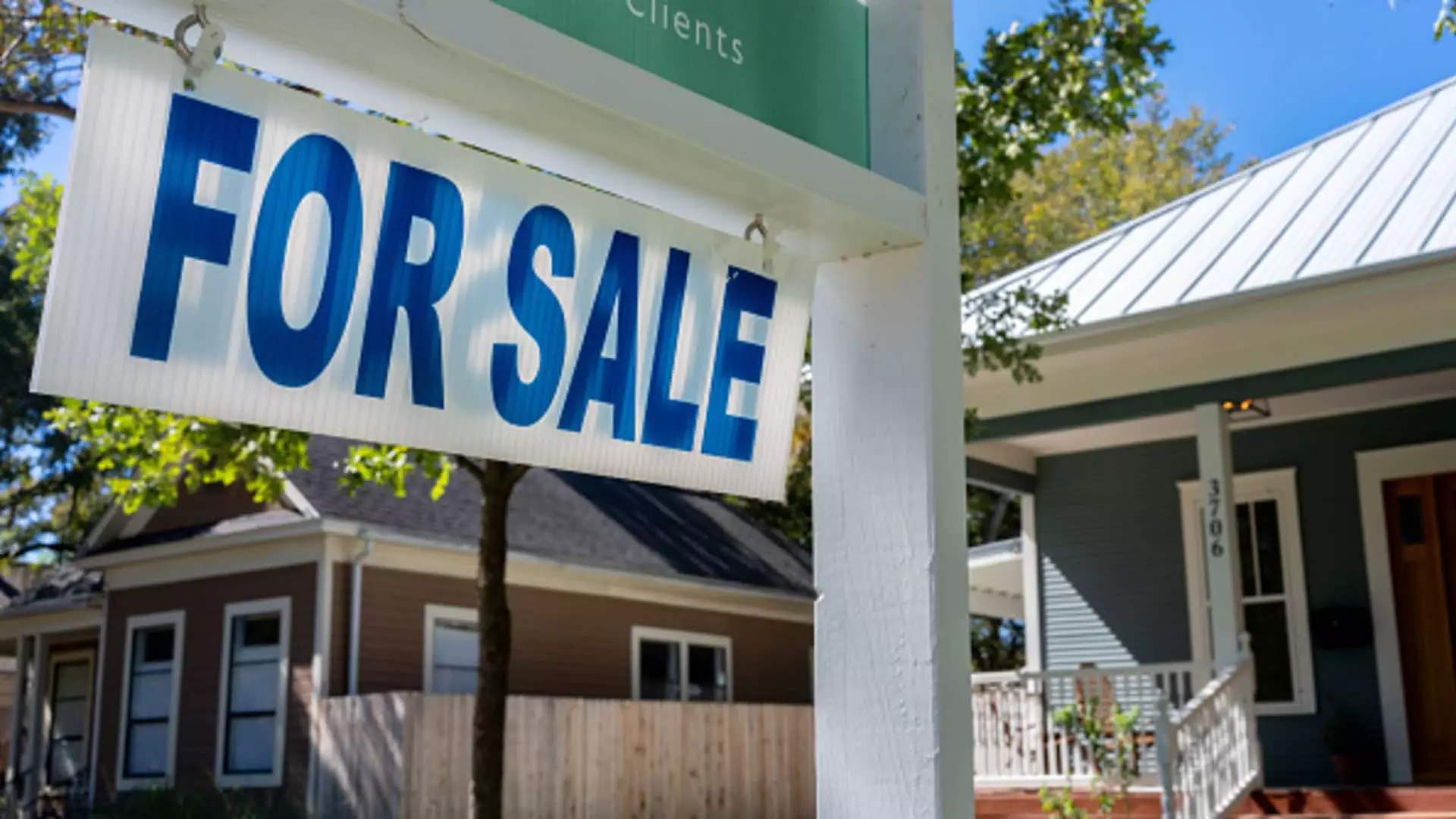In a real estate climate where mortgage rates hover around the 6% mark, potential homebuyers find themselves yearning for the enviable 3% interest rates associated with the pandemic years of 2020 and 2021. The nostalgia for these historically low rates has driven increased interest in alternative options, notably assumable mortgages. This financial instrument, which allows buyers to inherit an existing mortgage with its current interest rate, has seen an uptick in interest as buyers seek to circumvent the prohibitive costs of new mortgages.
The concept of assumable mortgages isn’t new; it was particularly favored during the 1970s and 1980s when interest rates fluctuated dramatically. However, legislative changes, particularly the Garn St.-Germain Act of 1982, curtailed their usage by empowering lenders to impose due-on-sale clauses. This clause effectively requires the entire loan to be repaid upon the sale of the property, which has made assumable mortgages a rarity—primarily utilized only in specific situations like divorce settlements or inheritance transfers.
Nevertheless, within the current U.S. housing market, a few types of loans remain assumable: those backed by the Veterans Affairs (VA), Federal Housing Administration (FHA), and United States Department of Agriculture (USDA). Although these options are available, their actual utilization is significantly lower than one would expect. Raunaq Singh, CEO of Roam, notes that around 20% to 25% of homes listed could theoretically be assumed by buyers, yet the practical number of transactions reflects a disheartening gap between opportunity and actual usage.
An analysis of mortgage assumption statistics reveals a mixed picture. In 2023, the FHA recorded only 4,052 assumptions, a figure that, while representing a 59% increase from 2021, still highlights the limited appeal of this option. Meanwhile, the VA has experienced a significant surge, reporting a staggering 713% increase in assumptions since 2021. Despite this growth, both entities have managed to surpass last year’s totals, indicating that while interest may be rising, the pathway to securing an assumable mortgage remains unclear.
This leads to a crucial question: Why, despite the availability of assumable loans, are many buyers not seizing this opportunity? One possible explanation is the lack of awareness. Many homebuyers, particularly first-timers, may not fully understand the ins and outs of assumable mortgages, thus opting for traditional mortgages that seem more straightforward.
As homebuyers continue to grapple with rising interest rates, the appetite for lower options through assumable mortgages may finally witness a revitalization if market knowledge improves. Real estate professionals and financial advisors play a pivotal role in enlightening prospective buyers about the benefits of assumable mortgages. Increased education and visibility could bridge the gap between the potential for savings and actual consumer behavior, marking a renaissance for this once-popular purchase strategy.
While assumable mortgages are experiencing a renaissance of debate and interest, barriers such as misinformation and complacency can stifle their adoption. As buyers look for strategies to mitigate high-interest rates, it is essential to spotlight the possibilities that assumable mortgages present. Whether it’s through market education or better consumer outreach, helping buyers navigate this often-overlooked option could significantly impact their home-buying journey.

